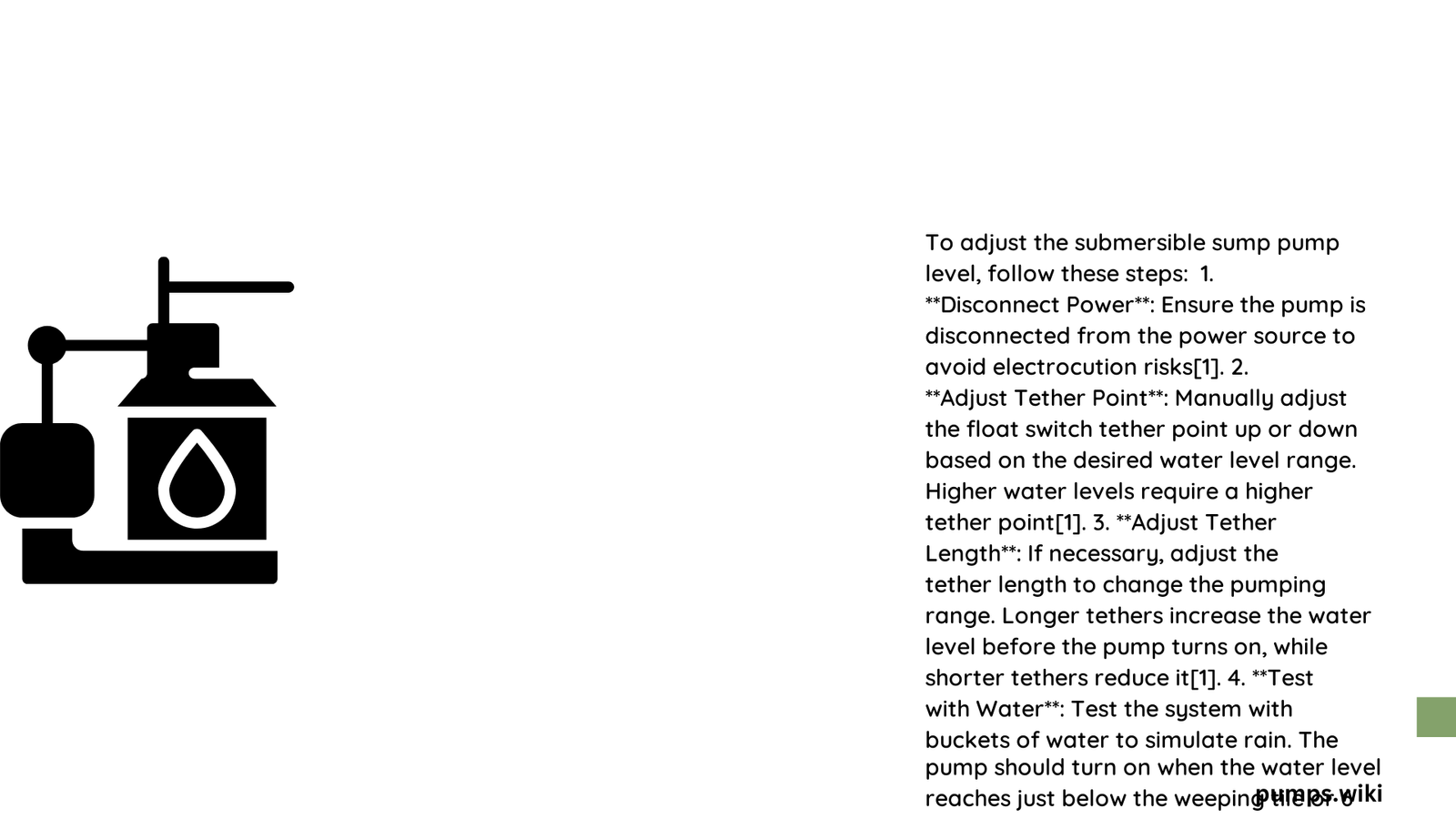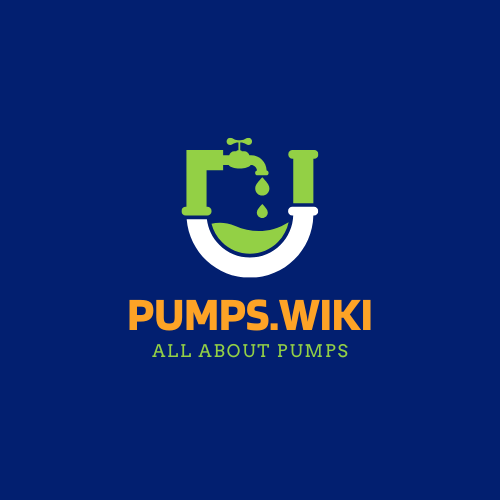Adjusting a submersible sump pump level is crucial for preventing basement flooding and ensuring efficient water removal. Homeowners and property managers must understand the intricate process of calibrating float switches, managing water table fluctuations, and optimizing pump performance. This comprehensive guide will walk you through the essential techniques, challenges, and solutions for precise sump pump level management, helping you protect your property from potential water damage.
What Are the Fundamental Principles of Submersible Sump Pump Level Adjustment?
Submersible sump pump level adjustment involves manipulating the float switch mechanism to control when the pump activates and deactivates. The primary goal is to establish an optimal water level range that prevents unnecessary cycling while ensuring effective water removal.
Key Components Involved in Level Adjustment
| Component | Function | Adjustment Impact |
|---|---|---|
| Float Switch | Triggers pump activation | Determines water level activation point |
| Tether | Controls float switch movement | Influences pump on/off intervals |
| Sump Pit | Water collection area | Determines available space for water management |
How Do You Precisely Measure and Adjust Sump Pump Levels?

Measurement Techniques
- Visual Inspection
- Mark the desired high and low water levels in the sump pit
- Use a measuring tape to determine exact distances
-
Ensure clear visibility of float switch movement
-
Water Level Testing
- Gradually fill the sump pit
- Observe float switch behavior
- Note activation and deactivation points
Adjustment Methods
- Tether Length Modification
- Longer tether = Higher activation point
- Shorter tether = Lower activation point
- Ensure smooth, unrestricted float movement
What Are Common Challenges in Sump Pump Level Management?
Potential Issues and Solutions
- Frequent Cycling
- Cause: Inadequate water level range
- Solution: Widen activation interval
-
Implement variable frequency drive (VFD)
-
Float Switch Obstruction
- Cause: Debris or mechanical interference
- Solution: Regular cleaning
- Ensure unobstructed float movement
What Professional Considerations Exist for Level Adjustment?
Cost Analysis
- DIY Approach
- Minimal equipment required
- Time investment: 30-60 minutes
-
Zero to low-cost implementation
-
Professional Service
- Average cost: $100-$300
- Comprehensive system evaluation
- Expert precision and troubleshooting
What Maintenance Practices Enhance Sump Pump Performance?
Recommended Strategies
- Quarterly float switch inspection
- Annual system calibration
- Regular pit cleaning
- Monitoring water table changes
- Checking electrical connections
Technical Recommendations for Optimal Adjustment
- Use high-quality, corrosion-resistant materials
- Consider water table fluctuations
- Implement redundant float switch systems
- Regularly test pump performance
- Document adjustment parameters
Pro Tips for Precise Calibration
- Use digital measuring tools
- Create a maintenance log
- Consider seasonal variations
- Invest in smart monitoring systems
Conclusion
Mastering submersible sump pump level adjustment requires technical knowledge, careful observation, and systematic approach. By understanding float switch mechanics, measurement techniques, and potential challenges, homeowners can effectively manage water removal and protect their property from potential water damage.
